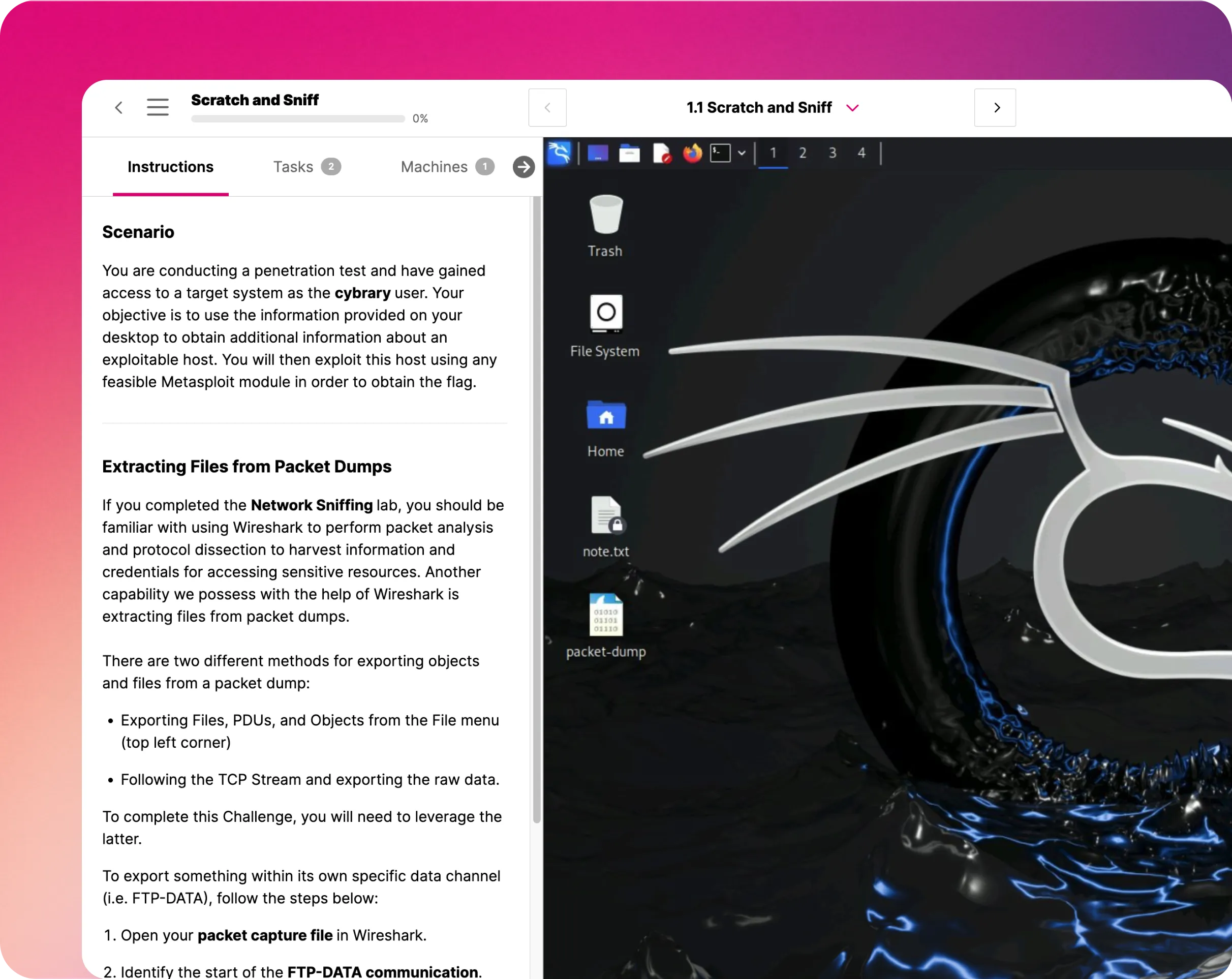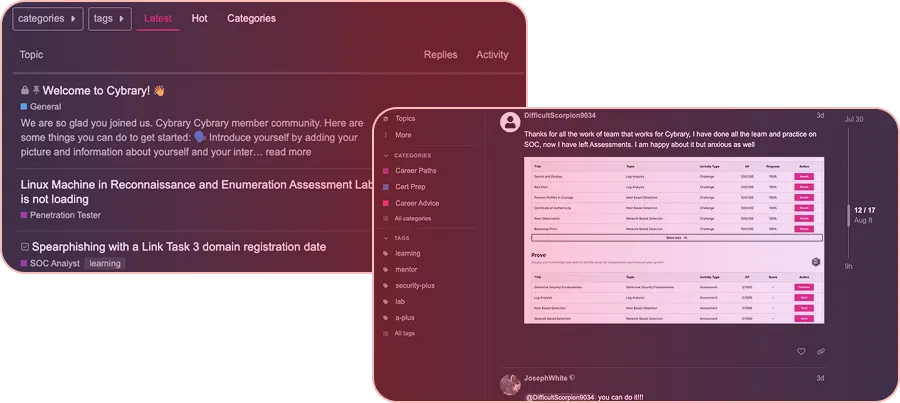Enable VM Backup using Recovery Services Vault
This IT Pro Challenge virtual lab teaches learners how to use recovery services vault. Learners will gain experience using services vault, backup policy to enable virtual machine backup. Skills learned in this lab are valuable in multiple job roles such as System administrator and Azure administrators in IT.

Course Content
A Recovery Services vault is an object that saves the backups and recovery points generated over time. It also includes the backup policies that are connected with the secured virtual machines. Recovery Services vaults are based on the Azure Resource Manager. They give features such as enhanced capabilities to help secure backup data, central monitoring, Role-Based Access Control (RBAC), and instantly restore for IaaS VMs that are not available for Backup vaults.
In this hands-on lab, learners will learn different aspects of Recovery Services Vault required to enable virtual machine backup. The other guided challenges in this series are “Use Azure Storage Explorer” and “Can you Use RBAC and Design a Custom Role?”
Understand the Scenario
In this virtual lab, you are a system administrator for a company that is migrating its database services from its data center to Azure. Your job is to create and deploy an Azure VM that hosts Microsoft SQL Server. You need to enable automatic VM Backup by using a Recovery Services vault, as a proof of concept. Learners will learn an Azure resource group that initially contains no resources. They will create the necessary resources to complete the challenge.
Create an Azure VM with SQL Server
A virtual machine is an image, which works as an exact computer. In other words, it is like building a computer within a computer. It operates in a window, much like any other application, giving the same experience on a virtual machine just like a computer. In this lab, you will create an Azure virtual machine with SQL Server. To accomplish this, you will:
- Create an Azure VM and configure the VM to use Windows Server 2016 Datacenter and include SQL Server 2017 Developer. Set the size of the VM to Standard B2ms with HDD managed disks and enable RDP access. Create a Server admin user and turn off the Auto Shutdown option and disable all Monitoring options.
- For SQL Server, use TCP Port and enable SQL Authentication and set SQL connectivity to Private.
- Connect to the VM by using RDP and verify that SQL Server is running by using SQL Server Management Studio (SSMS). Create a database named MyDB with default settings.
Finally, you will check and verify that an Azure VM exists and is running Windows Server 2016.
Create a Recovery Services vault
A Recovery Services vault is a warehouse object in Azure that stores data. It includes copies of data or configuration data for virtual machines (VMs), servers, or workstations. One can use Recovery Services vaults to keep backup data for different Azure services and Azure SQL databases. In this section of the virtual lab, learners will create a recovery services vault. First, they will create a Recovery Services vault by choosing Backup and Site Recovery (OMS) and name the vault within the East US region. Next, within the Recovery Services vault blade, they will enable the Backup of the Azure VM created earlier by using a new backup policy that backs up the VM every day at 1 AM Eastern Time (US & Canada). Finally, they will accept the default retention policies and check that a Recovery Services vault exists and Azure VM backup is enabled and scheduled.
Enable SQL Server Backup in Azure VM
Azure Backup gives the backup capacity for SQL Server in Azure VMs. With this service, one can maintain backups for various servers and thousands of databases. Databases can be rebuilt or restored to a particular point in time. In this section of the virtual lab, you will learn how to enable SQL Server Backup in Azure VM. First, within the Recovery Services vault blade, you will enable the Backup of the SQL Server in Azure VM to back up the database created earlier on the virtual machine by using the Discovery option. Next, you will configure a backup of the database only by using a new backup policy that backs up the full database every day at 2 AM Eastern Time (US & Canada) and performs log backups every hour. Finally, you will enable Backup compression and accept the default retention policies.
Lab Summary Conclusion
After completing the “Enable VM Backup using Recovery Services Vault” virtual lab, you will have accomplished the following:
- Created an Azure VM with SQL Server.
- Created a Recovery Services vault.
- Enabled SQL Server Backup in Azure VM


































